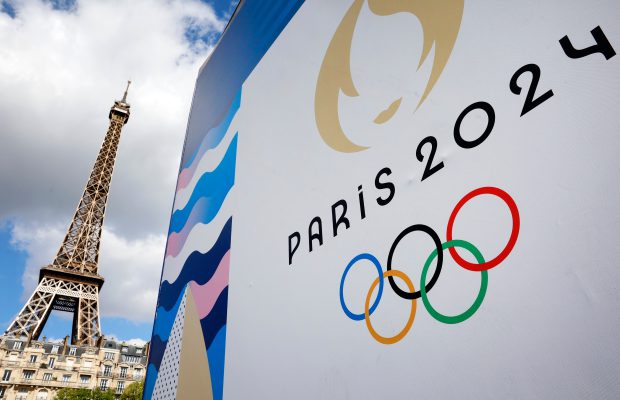Ahead of the Paris Games, Antony Hilton delves into new survey data to explore fan engagement, content consumption, and brand influence.

The Olympic Games have long captivated global audiences, but the ways in which we watch and experience this grand sporting event have evolved dramatically with advances in technology. From the first live broadcasts at the 1936 Berlin Olympics – limited to viewers in special viewing halls – to the vibrant colour transmissions of the 1964 Tokyo Olympics and their pioneering satellite broadcasts, each Games has leveraged cutting-edge technology to reach wider audiences.
More recently, the adoption of virtual reality and extensive online streaming with the Rio 2016 and Tokyo 2020 Olympics has offered viewers unprecedented viewing flexibility. This progression reflects not just technological innovation, but also a growing global engagement with the Olympics, reshaping how we connect with one of the world’s most unifying events.
However, as the ways in which people view and interact continues to change, it’s vital for both broadcasters and brands to understand evolving audience consumption habits, screen time distribution, and their attitudes and expectations. Without in-depth audience data, strategic decisions cannot be adequately made, and opportunities – such as pricing inventory, or reaching a specific demographic at the right moment – might be lost.
With the introduction of Global SportScope, Kantar Media’s dedicated survey of sports fans, a wealth of sports-related data across various platforms has been made accessible. This allows both media owners and advertisers to gain deep insights into fan engagement, content consumption, and brand influence, all of which are crucial for informed strategic planning.
Focusing on one of the media and marketing world’s most sought-after demographics, 18-24 year olds, let’s explore what insights we can gain from their reactions to the 2024 Olympics.
Profiles and viewing behaviours
Today’s young sports fans, many of which are active YouTube and TikTok users, exhibit unique viewing habits that reflect their dynamic consumption patterns. A significant 77% of this demographic express an interest in the Summer Olympics. This is coupled with active engagement on digital platforms. For instance, 28% of these viewers say they frequently post content on social media during Olympic broadcasts, while 43% share messages with friends and family about the events in real-time.
These multifaceted interactions illustrate the fragmented yet highly engaged behaviours typical of younger viewers who often toggle between different streams and social media to enhance their viewing experience. 53% browse for related content online while watching the Olympics, and 22% watch multiple sports broadcasts at the same time, highlighting the importance of integrated digital strategies to maintain engagement.
The rise of streaming and subscription models
The surge in streaming has significantly impacted how sports are consumed by younger demographics. Platforms like DAZN and ESPN+ have become popular, with 82% of young sports enthusiasts appreciating the ability to access content across multiple devices. This convenience has reportedly increased the volume of sports consumption among 65% of the demographic.
However, the enthusiasm for streaming is tempered by concerns over subscription costs, with 62% of young viewers indicating that high prices push them towards pirated services, while 49% intend to cancel a subscription once they have watched the individual sport or competition they had signed up for. This signals an area for improvement: devising pricing strategies that retain these viewers post-event and convert them into long-term subscribers.
Sport preferences and brand perception
The sports preferences among young viewers also shape their Olympic engagement. Football, basketball, and badminton top their interests, suggesting that these sports could serve as gateways to enhance Olympic viewership. Understanding these preferences is crucial for broadcasters and advertisers aiming to tailor their content and promotional strategies to resonate more effectively with this demographic.
This connection between viewership and consumer behaviour is further evidenced by the fact that 67% of 18-24 year-olds with a high interest in the Summer Olympics would consider changing their usage of a brand or product based on the events they sponsor, while 79% say they feel more positively about brands that sponsor the events they are interested in. This highlights the significant influence that Olympic sponsorship can have on young consumers’ brand perceptions and purchasing decisions.
However, realising these growing opportunities requires investment in the right insights. It is therefore vital to invest in the measurement data that fuels effective strategic decisions. By doing so, it not only benefits broadcasters and brands – but also ensures the Games remain engaging and accessible for future generations of fans.